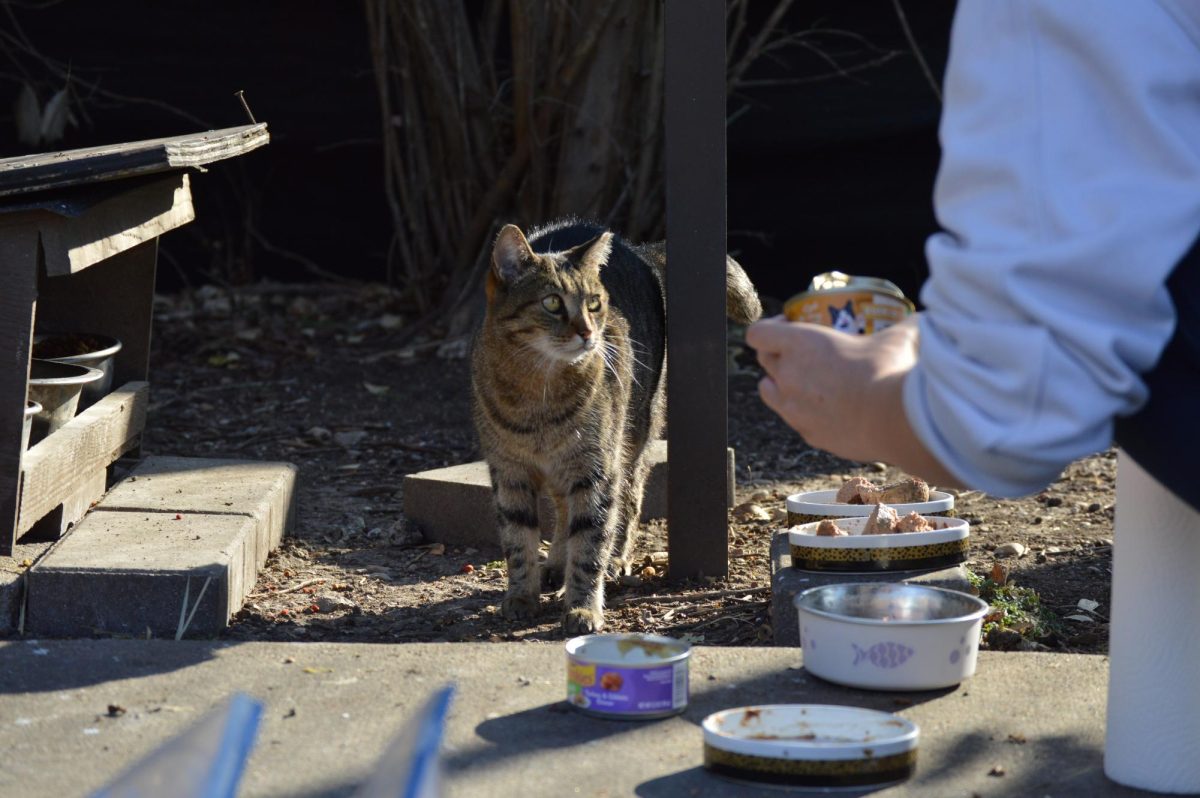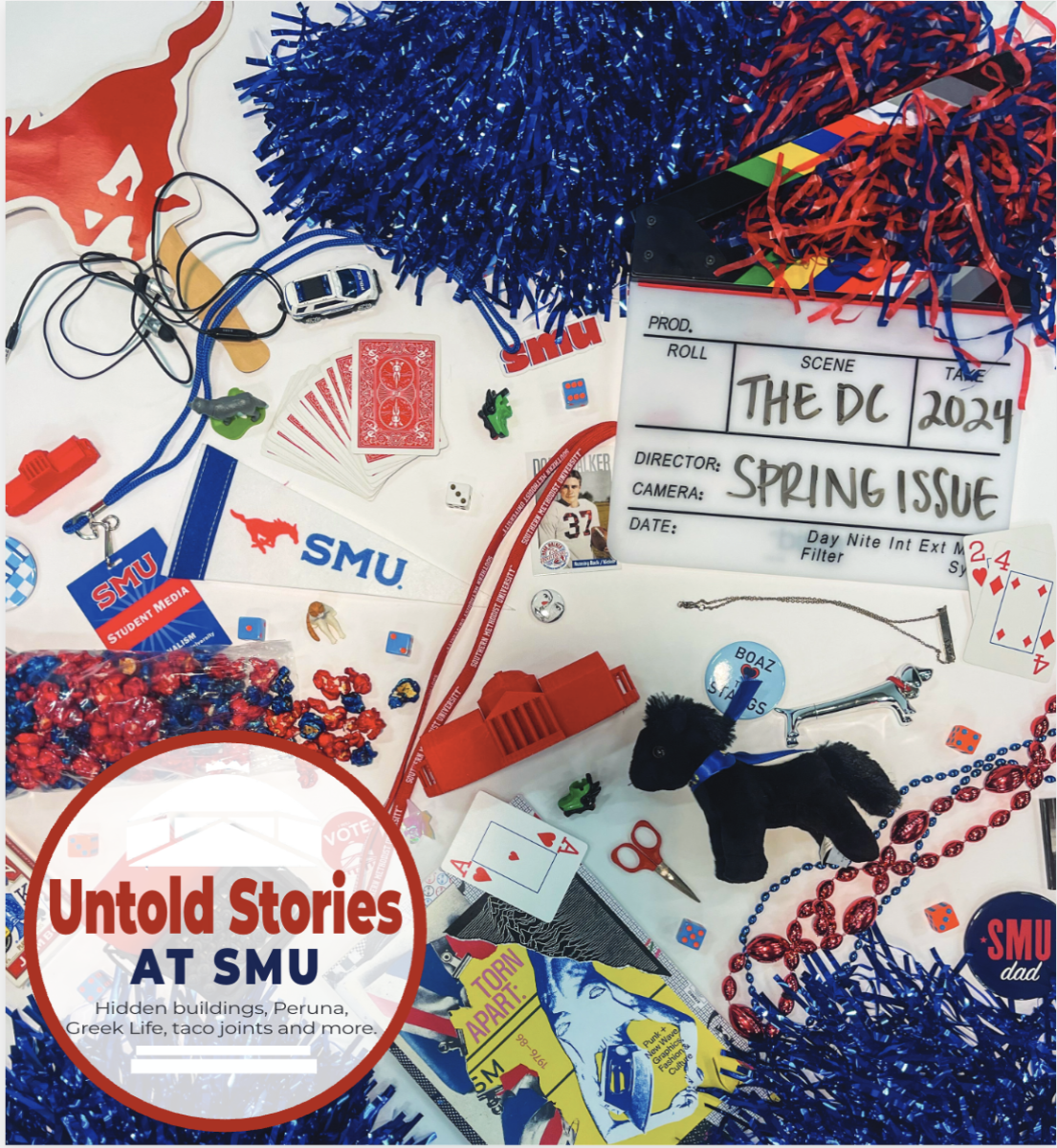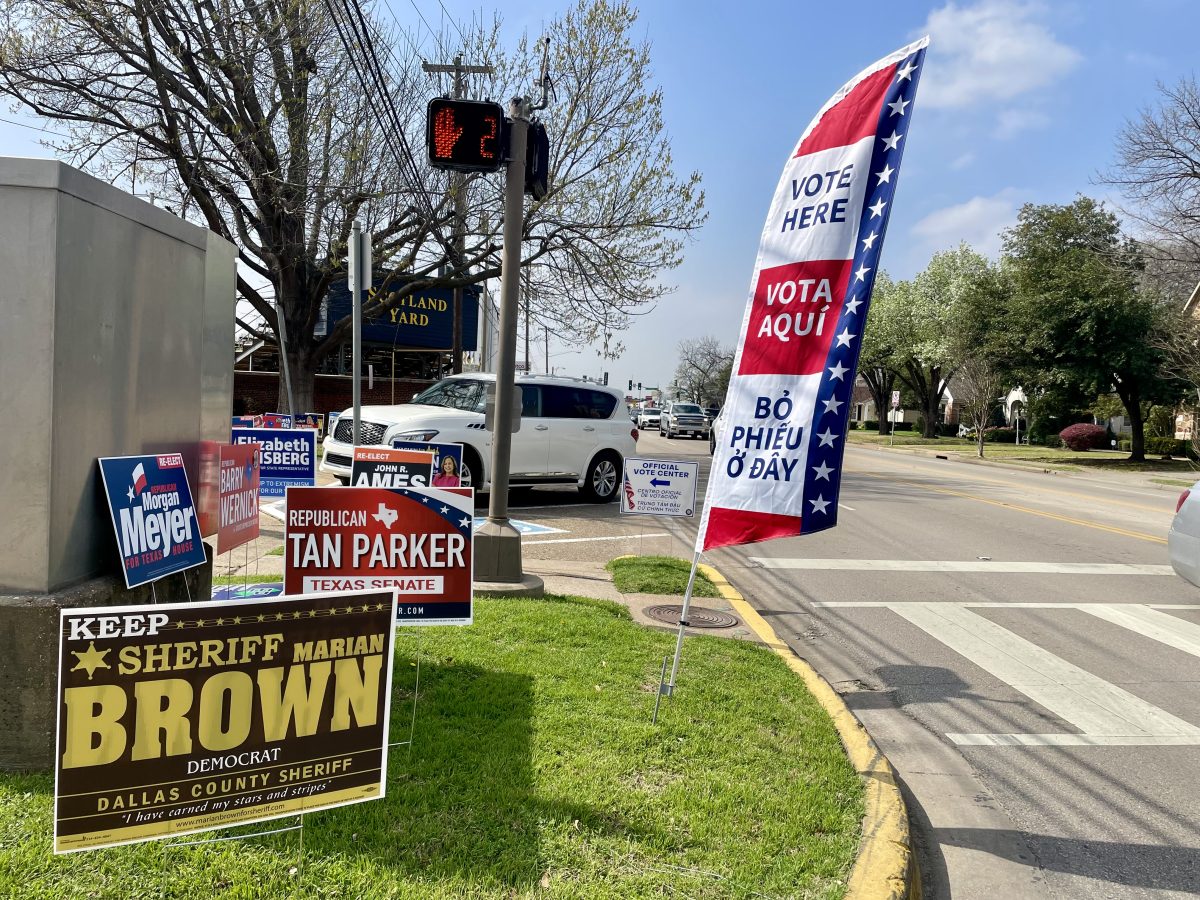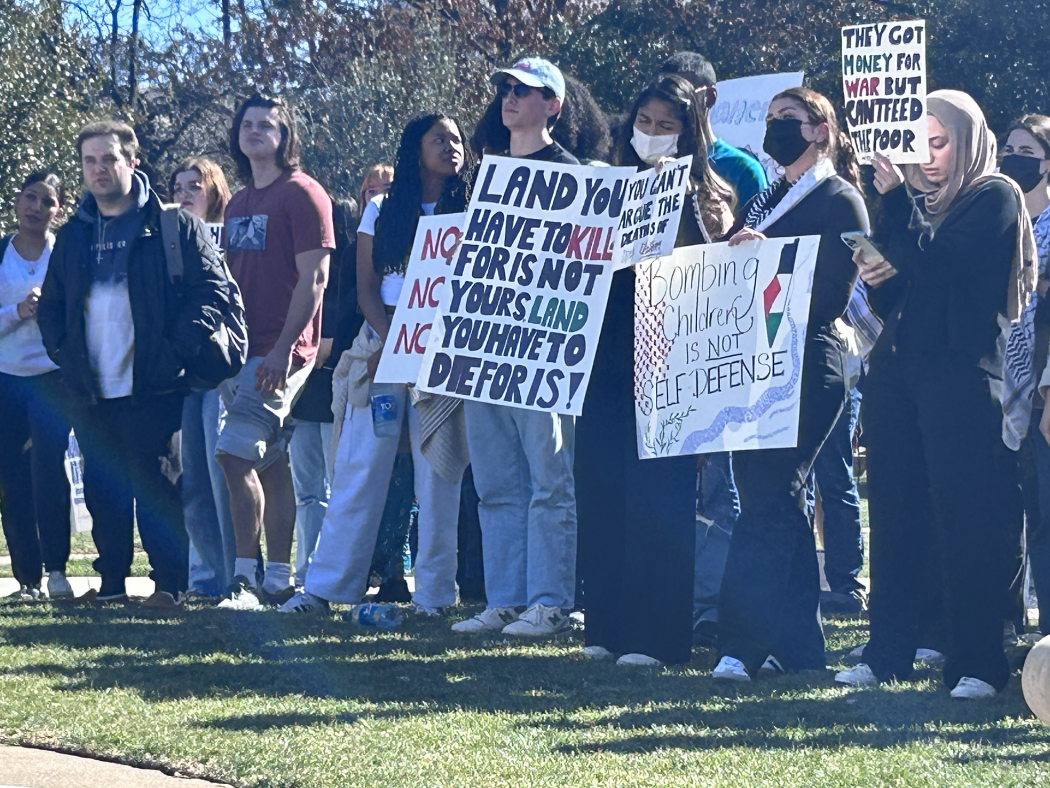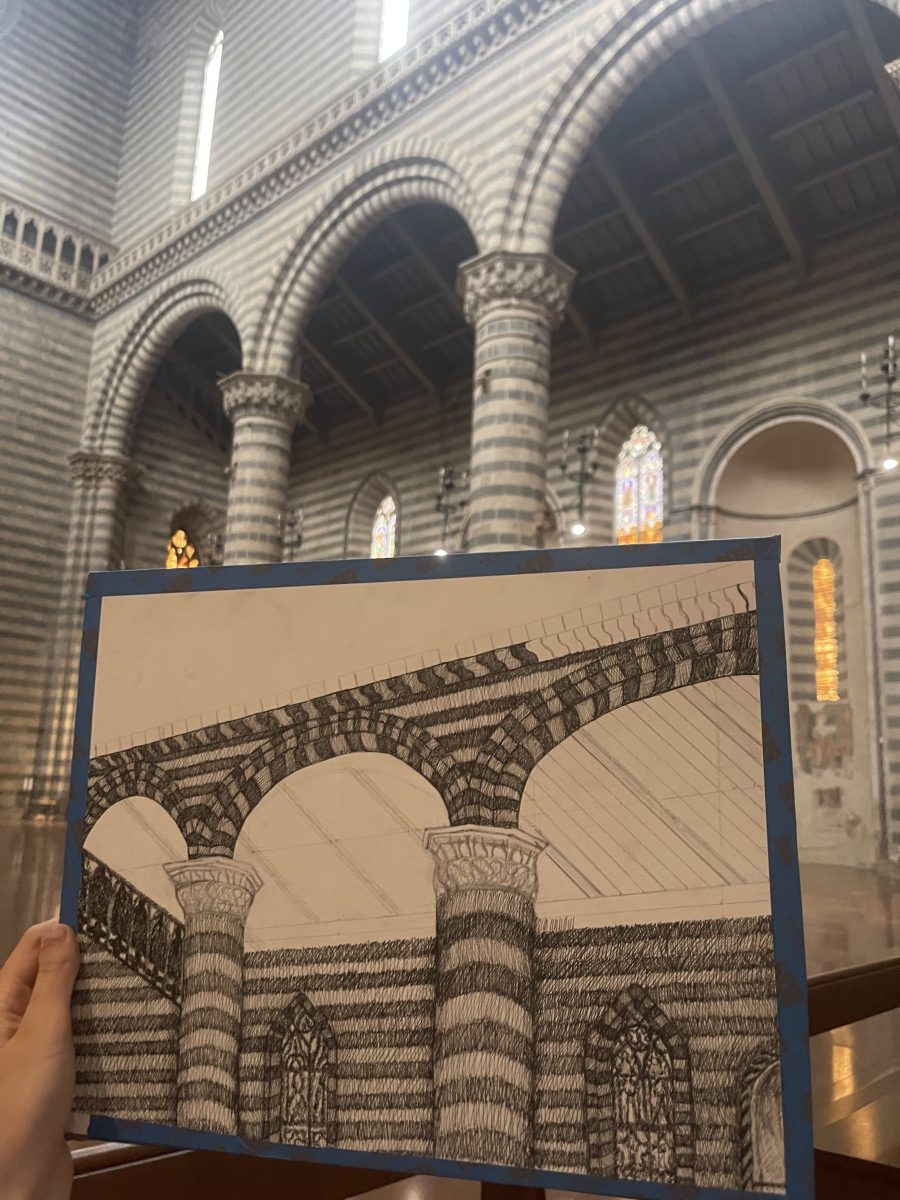The five-time best-selling author emphasized the significance behind every interaction through SMU’s Bridge Builder lecture series on October 7.
Malcolm Gladwell believes there are a lot of hidden, sometimes racial, variables at play in interactions between police and civilians and employers and prospective employees.
“All too often now we are using a racial interpretation as a way of dismissing and walking away from, and forgetting about these kinds of incidences,” Gladwell said. “So, you say, ‘Oh the cops are racist,’ and then you would just move on to the next thing. And I think there comes a point where you have to stop doing that.”
Gladwell informed the audience of Sandra Bland, a black woman who was pulled over by a white male officer for a traffic violation. After the situation escalated, Bland was arrested and charged for assaulting a police officer. Three days later, she was found hanged in a jail cell, her death ruled a suicide.
“It’s not an easy task to be a police officer in this particular environment,” Gladwell said. “One of the things I wanted to do in the Bland case was not to excuse or exonerate the police officer, but to explain that he was not a cop who was deviating from standard police practice, he was rather a cop who was embodying standard police practice. It’s not him, it’s the system of which he was a part.”
Gladwell emphasized how inaccurate first impressions can be, and how our past experiences can color our ability to see things clearly, as evident in the Bland case. Gladwell believes that this misunderstanding is spurred by the fast-paced nature of our society today.
“There are real consequences to speeding things up, the errors that you start to make when it comes to people that you don’t know when you’re under pressure,” Gladwell said.
He related this idea to the concept of face-to-face interviews.
“Most of the information you gather from a face-to-face encounter is not useful in the kind of conclusions you’re trying to meet, with a few exceptions,” Gladwell said. “Most jobs, what exactly are we learning from meeting someone face-to-face?”
Audience member Abbey Petersen is involved with the hiring process as a member of the interview committee at Carrollton-Farmers Branch ISD.
“It’s just hard to tell when the interviews are 30 minutes long; and to decide in 30 minutes whether someone is a good fit for your school, for your campus, for your school,” Petersen said. “It’s better to make judgments when you can’t even see them, and that way you actually think more deeply about what they’re saying and how they’re saying it.”
Gladwell grouped every person who ran for president according to five variables: race, religious faith, gender, height, and age. He concluded that almost every single person was white, Protestant, male, over 6 feet tall, and between 55 and 65 years old. Gladwell prompted the audience, asking what percent of the world fit all five of these variables.
“The answer is less than 10 percent,” Gladwell said. “So, for the most important job, essentially, we are limiting our search to 10 percent of the population. And why do we do that? Well because we see them. What if we chose our candidates but never got to meet them? What if we just knew what they believed?”
Audience member Jo Lew said her main takeaways from the lecture were the emphasis on people’s perception and physical characteristics, and how every sense is used to form an assumption.
“The entire thing was just amazing,” Lew said. “It was super interesting, [especially his belief in] the intrinsic nature of how every human has the ability to love and how fear is instilled in us, not by ourselves, but by the society that we live in.”









